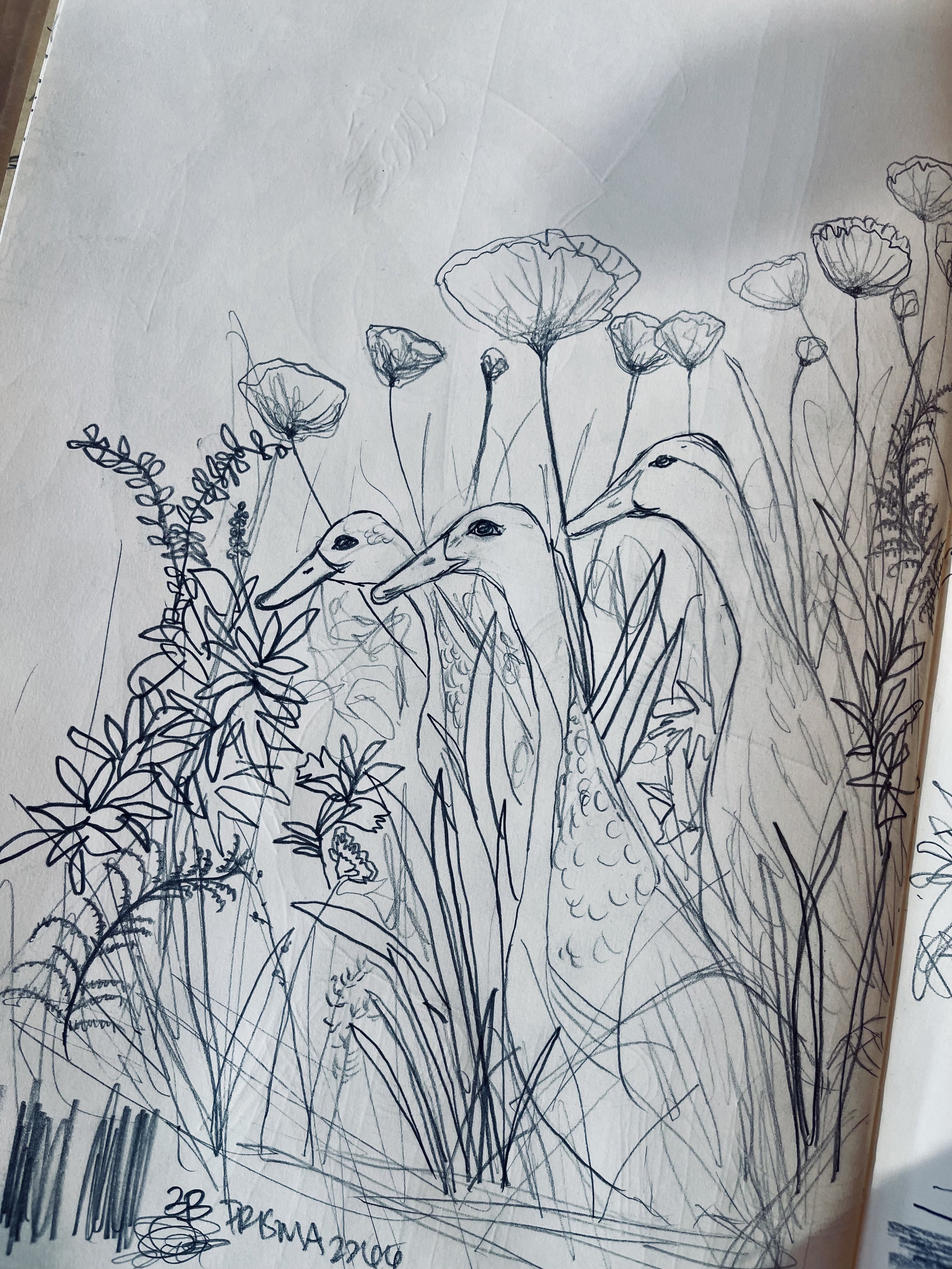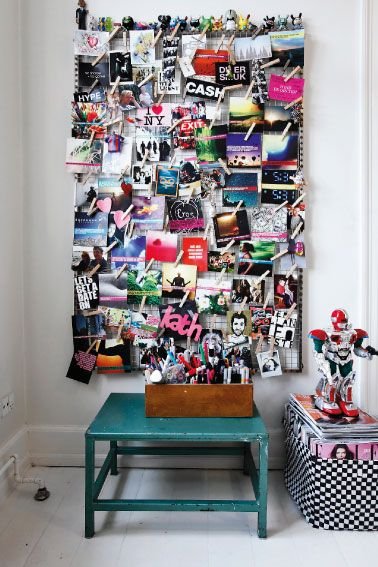STOP WONDERING HOW TO FIND YOUR STYLE, DO THIS INSTEAD
When I teach, the number one thing I get asked is, "How do you find your style?" This question always lights me up. It makes me excited to teach beginning and emerging artists how to look at style differently.
There are so many ways the art & design industries focus on having a distinct style, and it's such a false expectation for artists' to focus their attention. Unfortunately, many artists can get lost in this land of "standing out" or "being different" in the wrong ways, and the obsession with finding your style will close you off to exploring beyond your skillset.
I know exactly what this feels like; you go through the stages of emulation trying to see what resonates with you; thinking if you can pull out one technique from this style, another from this style, and so on, then, VWALLA!...you'll have YOUR STYLE!
The problem is that's not how it really works. Emulation can teach what skills and techniques you enjoy and whether you’re good at them, but emulating how another artist uses those techniques will never lead to your style. Why? Because you're painting with another artist's voice, it's like ventriloquism, but with art supplies, we can see someone else is doing the talking. I'm not gonna call you a dummy because it's a natural part of development for most artists, even if you've had academic art training. But, unfortunately, many new artists think they can be the next...[whoever], or presumes they can shortcut the process of development. I hate to be the one to give you the news, but there are no shortcuts to developing an authentic style.
So if this kind of cherry-picking exploration will never give you 'your style,' what will?
PAY ATTENTION TO YOUR CHOICES
Process. Developing your process is the key to finding your voice(style) as an artist. People are attracted to an artist's "style" because their work has authenticity, and authenticity is rooted in experimentation. Style is a collection of personal choices.
DON'T OVERLOOK YOUR MISTAKES
Those choices only come from developing a process that allows deep personal exploration and, most importantly, mistakes! You don't have to talk to many successful artists to understand that there's one skill constant in their practice; it's failure. Yes, I did refer to failure as a skill because to keep embracing it and including it as a stage of learning requires skill. Changing our mindset around the practice and inclusion of failure in our process is hard but necessary work to grow and evolve.
KEEP GOOD RECORDS
You have likely heard or experienced the value of keeping a sketchbook, but that's not all you need. You need to write, BY HAND, every day about your practice(or whatever is affecting it). Keeping a written journal of your thoughts and explorations will help you gain clarity about your "why." Even if you only create art for aesthetic reasons, you still need to know why you like color combinations or to jot down an idea about mark-making you'd like to include; this brings me to the other kind of journal, an artist inspiration journal. If you want to know more, I have another blog post on why artist inspiration notebooks are essential to your process—HERE. An artist inspiration journal is essentially the analog version of a Pinterest board. It is much more effective because you keep it in your studio or creative space, or you could carry it around like an obsessed art lady, like me. I also wear striped socks with Crocs and painting pants to the grocery store; it's a political protest on fashion—not really, I'm too lazy to change and couldn't care less what people think of my clothes anymore-and, I'll keep arguing this, it's the most freeing thing that happened to me as a result of COVID. Who knew?
DEVELOP YOUR SPARKS
If you keep good records of what inspires you, how you think about your art, and your process of creating it, you will start to see patterns in your choices. Those patterns are your style, visual vocabulary, and the communication of your artistic voice. And once you see those sparks of connection, you can develop them even further, and the sparks are where the magic happens.
If you focus on the FROM instead of the FOR, meaning if you create your art from the inside out, exploring where your ideas come from instead of the niche you want to fill or who it is for, you will develop deeper connections of authenticity that will make your art irresistible.
You can only understand your art and why you make it by digging into your creative process. After all, the beauty of all art is in its creator, you.








